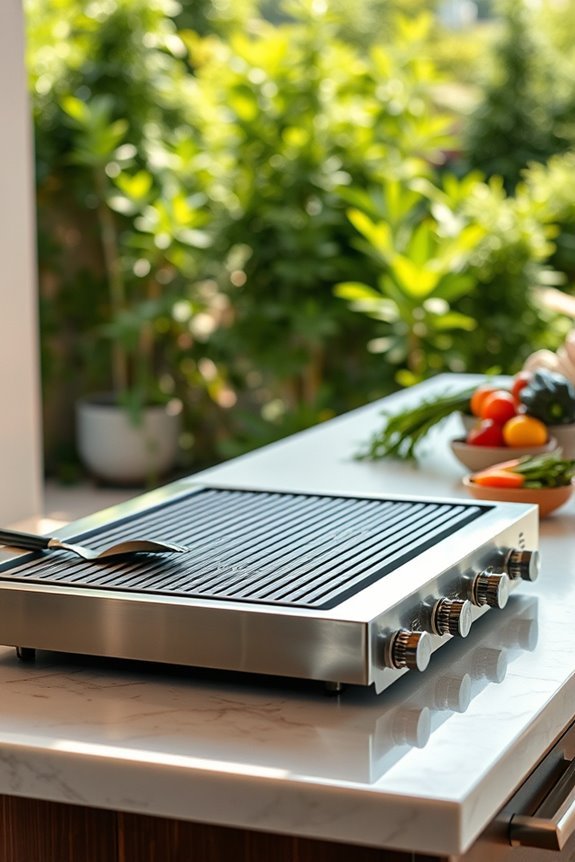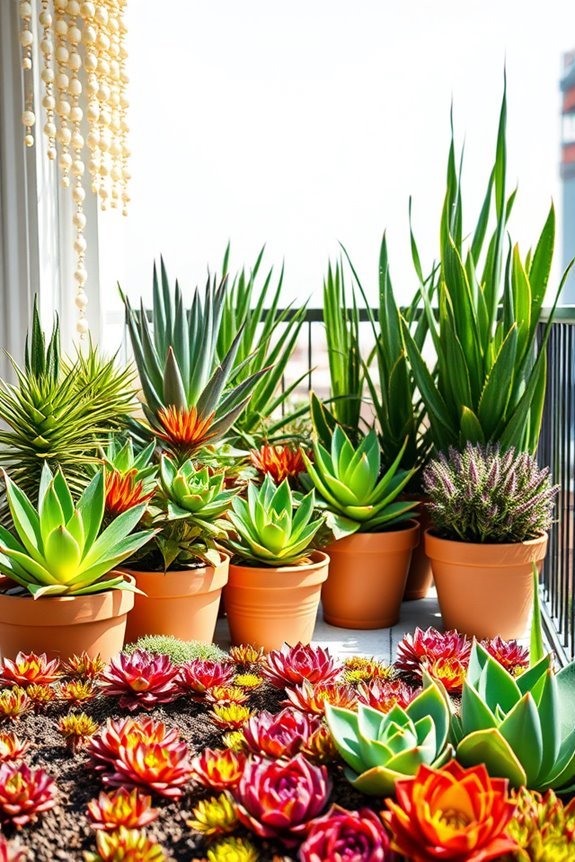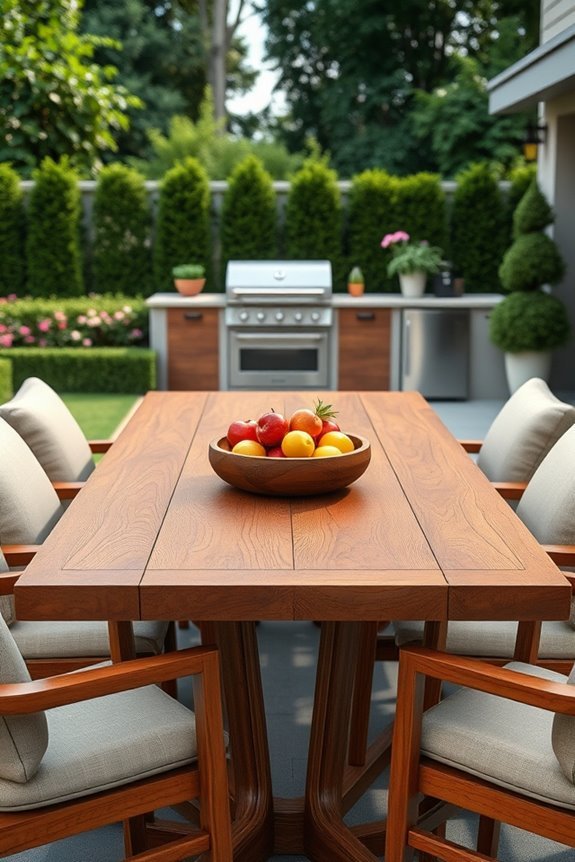What Is SDR Pipe? Explanation, Ratings, and Common Uses
SDR pipe, or Standard Dimension Ratio pipe, measures pipe strength based on the ratio of its outside diameter to wall thickness. A lower SDR rating signifies thicker walls, ideal for high-pressure applications, while a higher SDR indicates thinner walls. Common materials for SDR pipes include PVC, HDPE, and polypropylene. These pipes are widely used in urban water systems, agricultural irrigation, fire protection, and drainage. Understanding SDR ratings is crucial for selecting the right pipe for your specific needs.
Definition of SDR Pipe
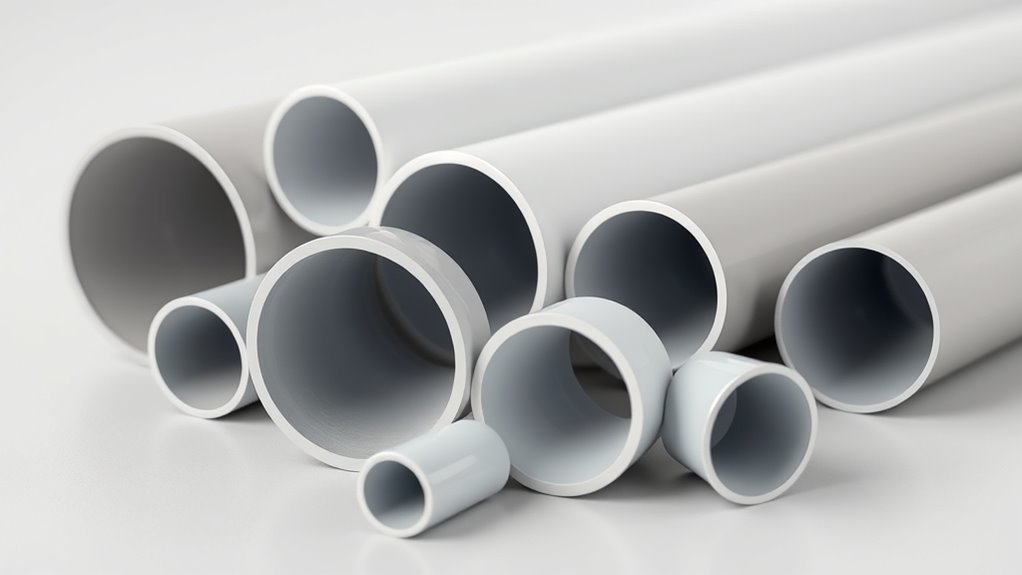
SDR pipe, or Standard Dimension Ratio pipe, is defined by its diameter-to-wall thickness ratio, crucial for assessing its strength and pressure resistance.
With lower SDR numbers indicating thicker walls and higher strength, these pipes are ideal for high-pressure applications.
Commonly made from materials like PVC and HDPE, SDR pipes are lightweight and easy to install, making them suitable for water distribution, irrigation, and drainage systems.
Choosing the right SDR pipe for your project is essential to ensure durability and efficiency.
Understanding SDR Ratings
Understanding SDR ratings is crucial for selecting the right SDR pipes for your project.
SDR (Standard Dimension Ratio) is determined by the ratio of the pipe’s diameter to its wall thickness, indicating how much pressure the pipe can handle.
SDR Definition and Purpose
The Standard Dimension Ratio (SDR) is a key metric for assessing pipe suitability in various applications.
It is calculated as the ratio of a pipe’s outside diameter to its wall thickness, indicating the pipe’s strength and pressure-handling capabilities. A lower SDR means a thicker wall and generally higher pressure tolerance, while a higher SDR indicates a thinner wall.
Understanding SDR values is essential for selecting the right pipes for projects, such as water supply systems and industrial applications. This ensures that the pipes will perform effectively under specific conditions.
SDR Rating Calculation Method
To determine the appropriate SDR (Standard Dimension Ratio) rating for a pipe, follow these essential steps:
1. Measure the Outside Diameter: Use precise tools to accurately measure the pipe’s outside diameter.
2. Measure the Wall Thickness: Ensure accurate measurement of the wall thickness.
3. Calculate SDR: Divide the outside diameter by the wall thickness using the formula:
[ text{SDR} = frac{text{Outside Diameter}}{text{Wall Thickness}} ]
4. Round the Result: Round the outcome to the nearest whole number for the final SDR rating.
Understanding this calculation is crucial for selecting the right pipe for your application, ensuring it meets necessary strength and pressure requirements.
Applications of SDR Ratings
When selecting piping systems for various industries, understanding SDR (Standard Dimension Ratio) ratings is crucial.
These ratings dictate wall thickness and pressure tolerance, directly influencing the pipe’s suitability for specific applications.
- SDR 11: Ideal for water distribution and designed for high-pressure scenarios.
- SDR 17: Suitable for irrigation systems, handling medium pressure effectively.
- SDR 26: Best for drainage applications, functioning under low pressure.
How SDR Is Calculated
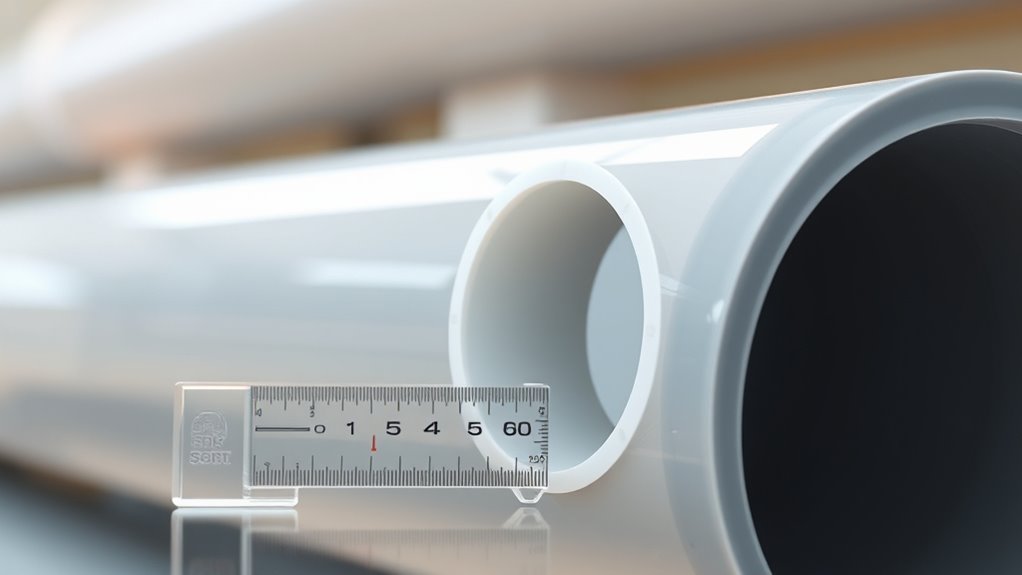
To calculate the Standard Dimension Ratio (SDR), you need to understand its definition.
SDR is the ratio of a pipe’s diameter to its wall thickness. This ratio is crucial as it determines the pipe’s strength, pressure rating, and suitability for various applications.
Understanding SDR Definition
SDR, or Standard Dimension Ratio, is a key metric in pipe manufacturing that defines the relationship between a pipe’s outer diameter and its wall thickness.
Understanding SDR is important for selecting the right pipe for your application, as it impacts performance and safety. Here’s what you need to know:
- Outer Diameter: This is the total outside measurement of the pipe.
- Wall Thickness: This affects the strength and durability of the pipe.
- Pressure Ratings: Higher SDR values usually mean lower pressure capabilities.
- Material Type: Different materials can influence the effectiveness of SDR.
Calculating SDR Ratio
To calculate the Standard Dimension Ratio (SDR) of a pipe, use the formula: SDR = OD / WT.
Here, OD is the outer diameter, and WT is the wall thickness. This calculation results in a dimensionless number that shows the relationship between the pipe’s diameter and its wall thickness.
A higher SDR indicates a thinner wall, while a lower SDR implies a thicker wall.
Understanding SDR is crucial for selecting the right pipe sizes for specific applications, as it impacts pressure ratings and overall performance.
Importance of Wall Thickness
Wall thickness is crucial for the structural integrity and performance of pipes, particularly in relation to the Standard Dimension Ratio (SDR). Here’s why understanding wall thickness is essential:
- Pressure Resistance: Thicker walls enable pipes to withstand higher internal pressures, ensuring safety and reliability.
- Durability: Increased wall thickness enhances the pipe’s lifespan by better resisting wear and tear from environmental factors.
- Flow Efficiency: Optimized wall thickness can improve fluid flow by reducing turbulence, leading to better performance.
- Cost-Effectiveness: Finding the right balance in wall thickness can save materials and costs while still delivering necessary performance.
Common Materials Used for SDR Pipes
Pipes that comply with Standard Dimension Ratio (SDR) specifications are made from several key materials, each suited for specific applications. Here’s a quick overview:
- Polyvinyl Chloride (PVC): Lightweight and corrosion-resistant, PVC is commonly used for drainage and irrigation systems.
- High-Density Polyethylene (HDPE): Known for its flexibility and durability, HDPE is ideal for underground installations such as sewage and gas lines.
- Polypropylene (PP): Recognized for its excellent chemical resistance, PP is typically used in industrial applications.
| Material | Advantages | Common Uses |
|---|---|---|
| PVC | Lightweight, corrosion-resistant | Drainage, irrigation |
| HDPE | Flexible, durable | Sewage, gas lines |
| PP | Chemical resistance | Industrial applications |
This concise guide helps you understand the best material options for your SDR pipe needs.
Applications of SDR Pipes in Water Distribution
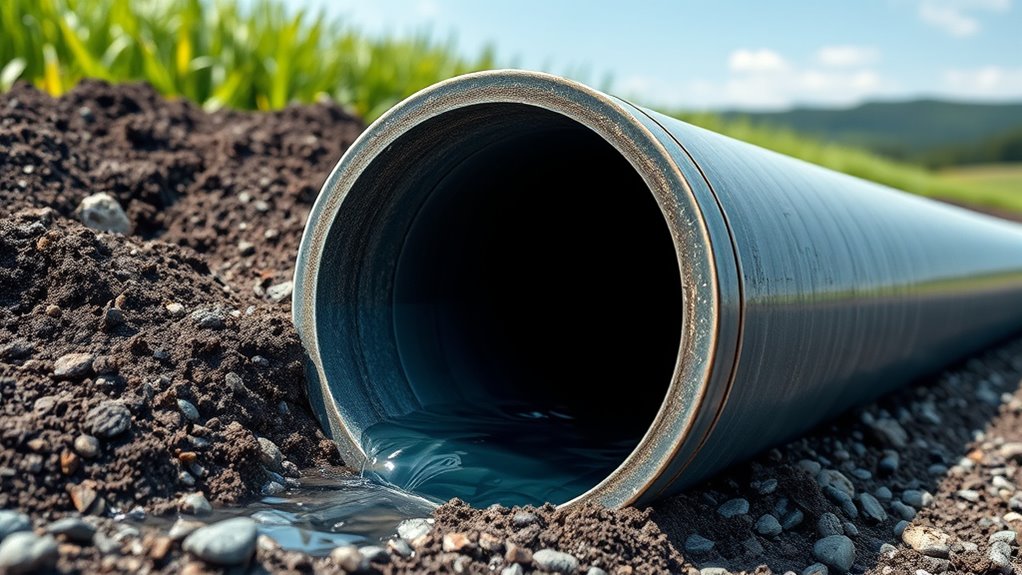
SDR pipes are essential for effective water distribution, especially in urban supply systems.
Their flexibility and durability also make them ideal for agricultural irrigation.
Furthermore, these pipes are crucial for fire protection services, ensuring a reliable water flow during emergencies.
If you’re looking for efficient piping solutions for water distribution, SDR pipes are a top choice.
Urban Water Supply
As urban populations grow, the need for efficient water distribution systems is more critical than ever. SDR pipes are a key solution in urban water supply, offering durability and lightweight benefits.
Here’s how they contribute:
- Main Distribution Lines: Deliver consistent water flow to neighborhoods.
- Service Connections: Link main lines to individual properties seamlessly.
- Rehabilitation Projects: Upgrade aging pipelines to enhance water quality and flow.
- Pressure Regulation: Ensure optimal water pressure to minimize leaks and service disruptions.
Agricultural Irrigation Systems
For effective agricultural irrigation, reliable water distribution is crucial for crop production.
SDR pipes are a popular choice due to their lightweight design, durability, and corrosion resistance. They efficiently transport water from sources to fields, ensuring crops receive the necessary hydration.
With standardized dimensions, SDR pipes allow for easy installation and compatibility with various fittings, simplifying maintenance. They can also handle varying pressure levels, making them suitable for both drip and sprinkler irrigation methods.
Fire Protection Services
Using SDR pipes in fire protection services significantly improves water distribution systems crucial for firefighting.
Here’s why they are an excellent choice:
- Low Pressure Loss: SDR pipes maintain optimal water pressure, ensuring effective flow during emergencies.
- Corrosion Resistance: Their durable material resists rust and degradation, providing long-term reliability.
- Easy Installation: Lightweight design allows for simplified transportation and installation, saving on labor costs and time.
- Versatile Applications: Suitable for both residential and commercial fire protection systems, they easily adapt to various requirements.
SDR Pipe in Sewer and Drainage Systems
SDR pipe is essential for effective sewer and drainage systems, efficiently managing wastewater and stormwater.
Constructed from durable materials like high-density polyethylene (HDPE) or polyvinyl chloride (PVC), SDR pipe is resistant to corrosion and chemicals, ensuring longevity even in harsh conditions.
Its standardized dimensions ensure consistent wall strength, making it versatile for various applications. The flexibility of SDR pipe simplifies installation in difficult terrains, minimizing excavation needs.
Additionally, its smooth interior promotes efficient flow by reducing friction loss.
This combination of durability, ease of installation, and efficiency makes SDR pipe an excellent choice for both residential and commercial drainage solutions, ensuring compliance with regulatory standards and environmental guidelines.
Importance of SDR in Gas Distribution
SDR pipe is essential in gas distribution networks due to its key benefits:
- Pressure Ratings: Designed for high pressure, SDR pipes ensure safe gas transportation.
- Durability: Their corrosion-resistant materials enhance longevity and reliability.
- Flexibility: SDR pipes can be easily installed in various terrains, minimizing excavation needs.
- Cost-Effectiveness: They offer an economical alternative to traditional materials, helping gas utilities manage budgets effectively.
These features make SDR pipe a vital component in modern gas distribution, prioritizing safety and operational efficiency.
Advantages of Using SDR Pipes
SDR pipes offer several key advantages that make them ideal for various infrastructure projects. Here’s a concise overview:
- Flexibility: These pipes adapt easily to changing terrain, simplifying installation in challenging environments.
- Lightweight: Their lightweight nature makes transportation and installation easier, which helps reduce labor costs.
- Corrosion Resistance: SDR pipes maintain their integrity over time, significantly increasing their lifespan.
- Cost-Effectiveness: With competitive pricing compared to alternatives, they help lower overall project costs.
- Versatility: Suitable for a wide range of applications, they expand usage options for contractors.
Limitations of SDR Pipes
While SDR pipes have advantages, they also feature limitations that can affect their application suitability:
- Pressure Ratings: SDR pipes are not ideal for high-pressure environments.
- Temperature Sensitivity: They may become brittle under extreme temperatures, impacting durability.
- Chemical Resistance: Certain chemicals can degrade SDR materials, limiting their use in specific industries.
- Joint Integrity: Connections may be less robust compared to other piping systems, increasing the risk of leaks.
Careful evaluation of these limitations is essential to ensure SDR pipes meet the specific requirements of your project.
Comparing SDR With Other Pipe Types
When comparing SDR pipes to other common pipe types, it’s important to understand their unique characteristics and applications.
SDR pipes feature standardized dimension ratios, which ensure consistent wall thickness and flexibility, making them ideal for low to moderate pressure applications.
In contrast, Schedule pipes have wall thickness that corresponds to specific nominal sizes, offering less flexibility but greater durability under high pressure.
PVC and HDPE pipes also bring distinct advantages, such as varying strengths and chemical resistances, tailored for specific environments.
For high-pressure settings, Schedule pipes or other types may be more suitable.
Knowing these differences will help you choose the right pipe type for your needs.
Installation Guidelines for SDR Pipes
Proper installation of SDR pipes is crucial for their effectiveness and durability. Here are key guidelines to ensure optimal performance:
- Site Preparation: Ensure the trench is excavated properly and cleared of any sharp objects or debris that could harm the pipes.
- Pipe Alignment: Position the SDR pipes in a straight line without bends or curves to avoid stress points.
- Jointing Method: Choose the correct joining method—whether solvent cement, mechanical fittings, or fusion welding—to ensure secure connections.
- Backfilling: Carefully backfill around the pipes with appropriate materials to prevent shifting or settling that could compromise pipe integrity.
Following these steps will enhance the reliability of your SDR pipe systems.
Maintenance Tips for SDR Pipe Systems
To ensure the longevity and functionality of your SDR pipe systems, regular maintenance is crucial.
Conduct regular inspections to identify potential issues early on.
Implement effective cleaning techniques to improve system performance and prevent blockages.
Regular Inspections and Monitoring
Regular inspections and monitoring are crucial for maintaining SDR pipe systems. Neglecting these practices can lead to leaks and blockages, impacting system performance.
Here are essential tips for effective monitoring:
- Visual Checks: Regularly assess the external condition for visible damage.
- Pressure Testing: Periodically conduct pressure tests to spot leaks or weaknesses.
- Flow Monitoring: Track flow rates to identify irregularities indicating blockages.
- Documentation: Keep records of inspections and issues for future reference.
Proper Cleaning Techniques
Proper cleaning techniques are essential for maintaining SDR pipe systems and ensuring optimal performance.
To prevent clogs and maintain flow efficiency, consider these effective methods:
- High-Pressure Water Jets: Ideal for clearing stubborn blockages.
- Soft Brushes: Use for routine surface cleaning to avoid damage.
- Chemical Cleaners: Use with caution and check compatibility with SDR materials to prevent degradation.
- Regular Flushing: Flush the system with clean water to keep it clear and functioning well.
Always follow manufacturer guidelines on cleaning frequency and methods to enhance the lifespan and reliability of your SDR pipe installations.
Proper maintenance ultimately reduces the risk of costly repairs.
Environmental Considerations for SDR Pipes
When considering the use of SDR (Standard Dimension Ratio) pipes, it’s important to evaluate several environmental factors that can influence your decision.
Here are key points to consider:
- Recyclability: SDR pipes made from PVC and HDPE are often recyclable, which helps minimize waste and supports sustainable practices.
- Production Impact: The manufacturing of SDR pipes can lead to greenhouse gas emissions. It’s crucial to choose manufacturers that prioritize sustainability.
- Chemical Leaching: There are concerns about older SDR pipes potentially leaching harmful chemicals into the soil and water. Regular assessments can help mitigate this risk.
- Life Cycle Assessment: Conducting a life cycle assessment of SDR pipes is vital to understand their overall environmental impact, from production to disposal.
Future Trends in SDR Pipe Technology
The future of SDR pipe technology is set to enhance both performance and sustainability. Key trends include the increased use of recycled materials and bio-based polymers, which reduce environmental impact.
Manufacturing innovations will improve the durability and flexibility of SDR pipes, making them more resilient to extreme conditions. Additionally, the integration of smart technologies, such as sensors, will enable real-time monitoring of flow and pressure, improving maintenance efficiency.
As sustainable infrastructure becomes more critical, the adoption of SDR pipe technology will grow, helping to meet stricter environmental regulations and ensuring the longevity of systems.
Key Manufacturers of SDR Pipes
If you’re searching for top manufacturers of SDR pipes, here are some key players in the industry known for their high-quality products:
- Charlotte Pipe and Foundry – Offers a wide range of PVC and CPVC pipes, known for durability and reliability.
- North American Pipe Corporation – Specializes in HDPE and PVC piping solutions, catering to various applications.
- JM Eagle – One of the largest manufacturers globally, providing a diverse selection of SDR pipes.
- Advanced Drainage Systems (ADS) – Focuses on innovative and sustainable water management solutions with their pipe products.
These manufacturers are recognized for their commitment to innovation and compliance with industry standards, ensuring you get reliable and effective SDR pipe solutions for your needs.
Conclusion
In summary, SDR pipes are essential for efficient and sustainable water systems. Their varying ratings and wide-ranging applications make them a vital choice in modern infrastructure. As the industry focuses on environmental efficiency, SDR pipes are set to play a key role in future developments. By ensuring proper maintenance and mindful production practices, stakeholders can rely on SDR pipes as a dependable resource for effective water management.


